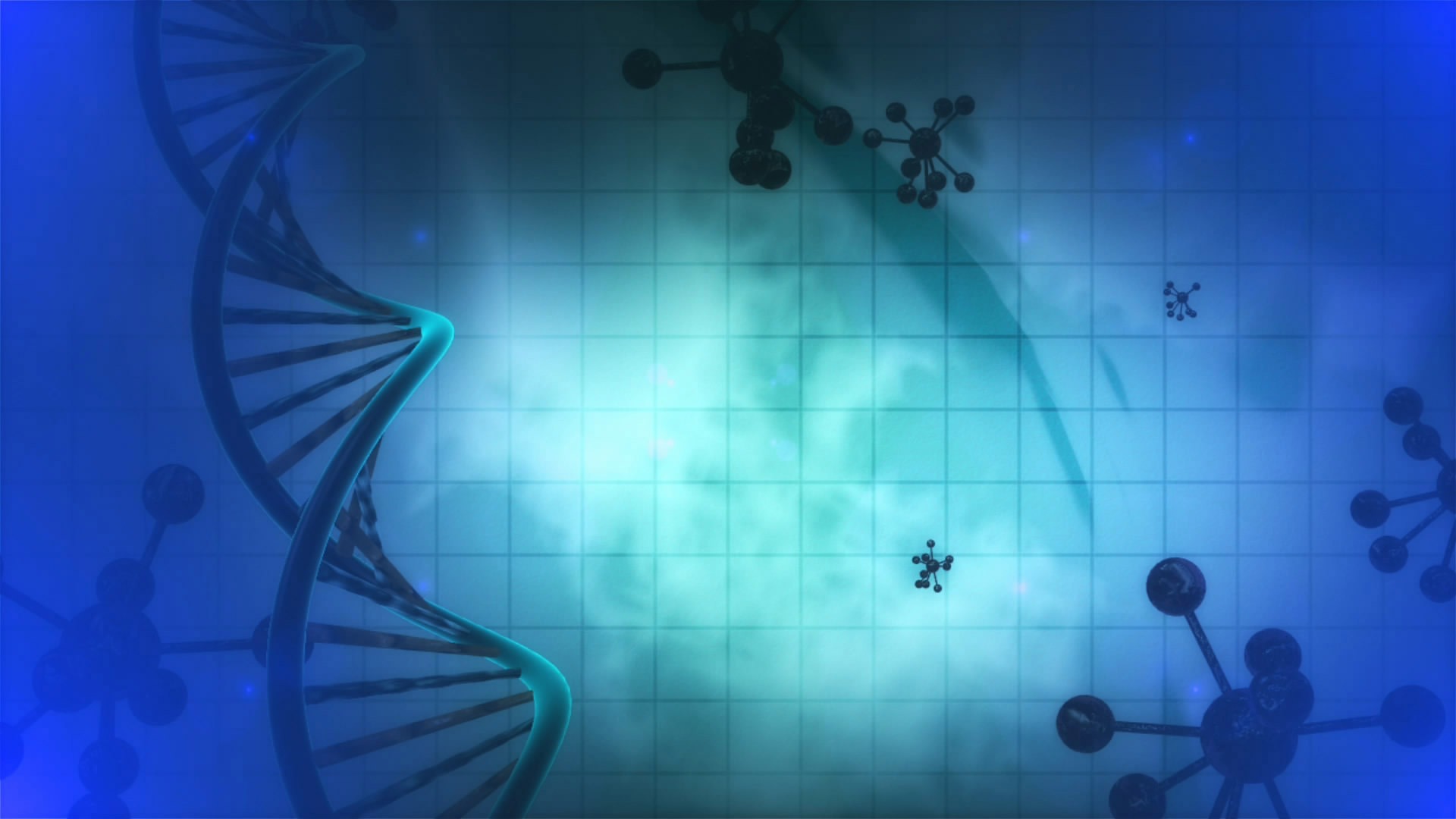We assemble molecules into macromolecular, hybrid and composite materials, whose nanoscale structure gives improved mechanical and electrical properties, new functionalities.
The goal of this research line is to assemble small molecules, polymers and other nanoscopic objects into innovative materials, to enable new applications in Energy production and storage, Optoelectronics, Environmental care, Mechanics and Biology.
In our work nanotechnology and supramolecular chemistry are used to create new materials for mechanical, electronics and energy applications. In particular, we work on the production of carbon-based composite materials and on the characterization of their structure and charge transport at the nanoscale.
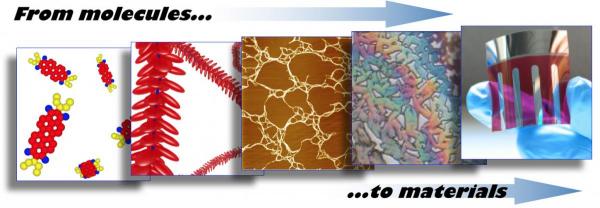
To achieve our goal, we exploit the tiny chemical and physical interactions acting between molecules at the atomic scale to assemble them into complex structures, obtaining in this way new properties for such materials and improved performance at the macroscopic scale.
We use both top-down and bottom-up approaches, synthetic chemistry, supramolecular chemistry and nanotechnology to synthesize, process and use our materials, into working devices, taking advantage of the expertise of a skilled team of chemists, physicists and engineers.
We develop innovative bioactive and biobased 2D and 3D scaffolds, such as films, electrospun micro and nanofibers, nanoparticles and sponges, of potential interest in optoelectronic and medical devices. In particular we use natural polymers as keratin and fibroin extracted from waste wool and silk. We combine these proteins with bioactive compounds having antioxidant and antimicrobial properties extracted in water from various renewable biomass, relying on the main principles of circular economy.
Latest news on Materials science
-
Scientific Agreement between IMM-ISOF CNR and Johns Hopkins University

Yesterday, 18th March 2025 the Scientific Cooperation Agreement between CNR and the Department of Mechanical Engineering at Johns Hopkins University (JHU Baltimore, USA)-Prof. Ishan Barman, …
-
Artificial intelligence for sweat sensors

Nano-materials and machine learning team up in new bio-sensors.
-
How to make structural batteries more eco-friendly
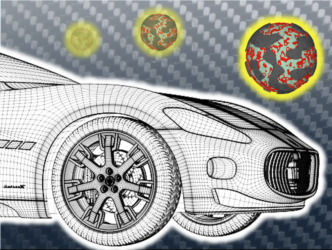
A new study shows the use of ethanol as a solvent for coating carbon fiber electrodes with graphene
-
Selective ion filtration demonstrated on commercial filters
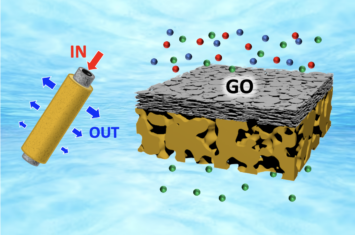
Graphene oxide can be applied on everyday devices to selectively filter ions.
-
Valentina Benfenati at the RIKEN Europe Symposium 2024

The RIKEN Europe Symposium 2024 “Science and technologies, platforms and collaboration for researching human physiology and diseases: enabling organoids” was held on 14th February 2024 …
-
A new “Water living lab” inaugurated in Ferrara
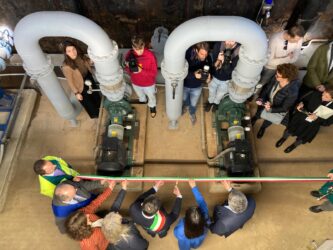
The lab will test nano-materials for removal of pesticides, PFAS and other contaminants from our water.

